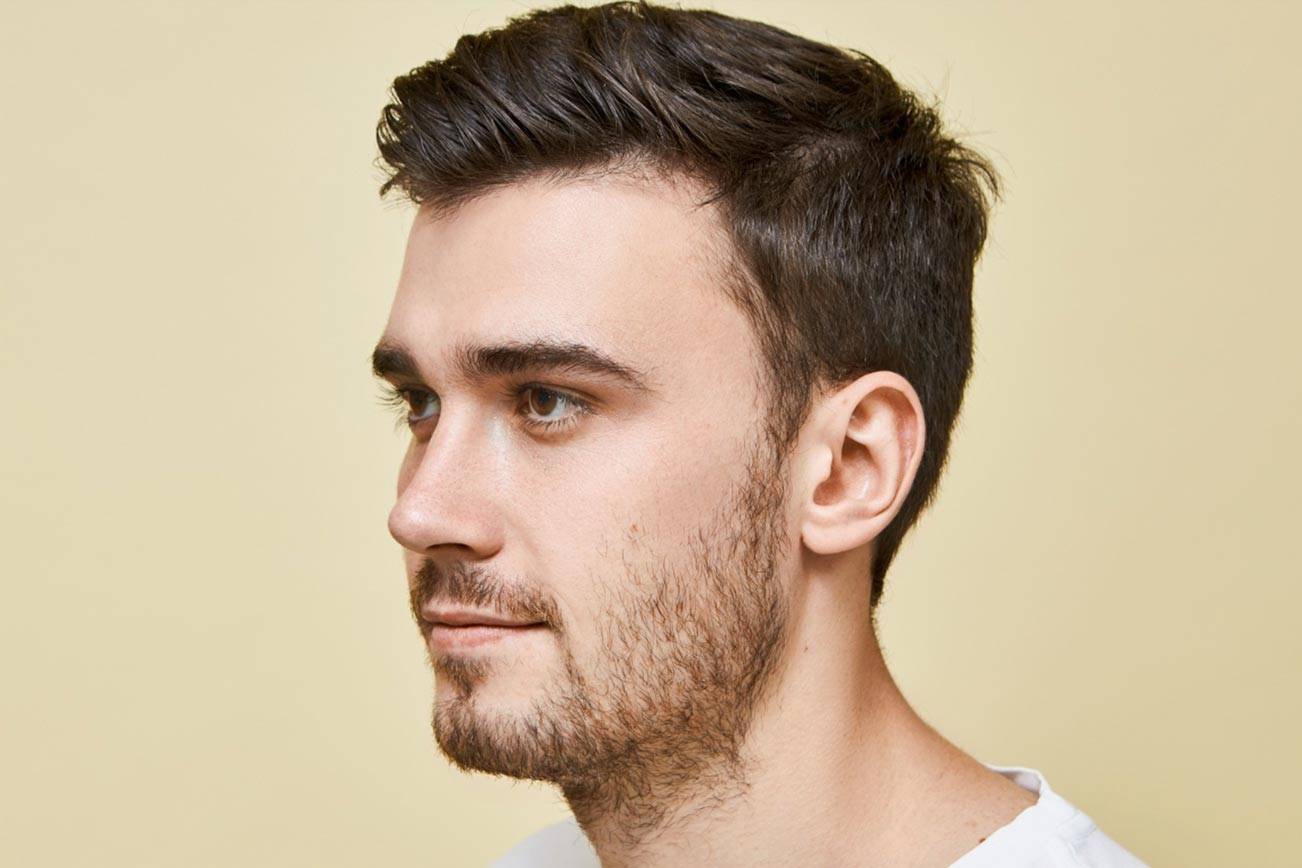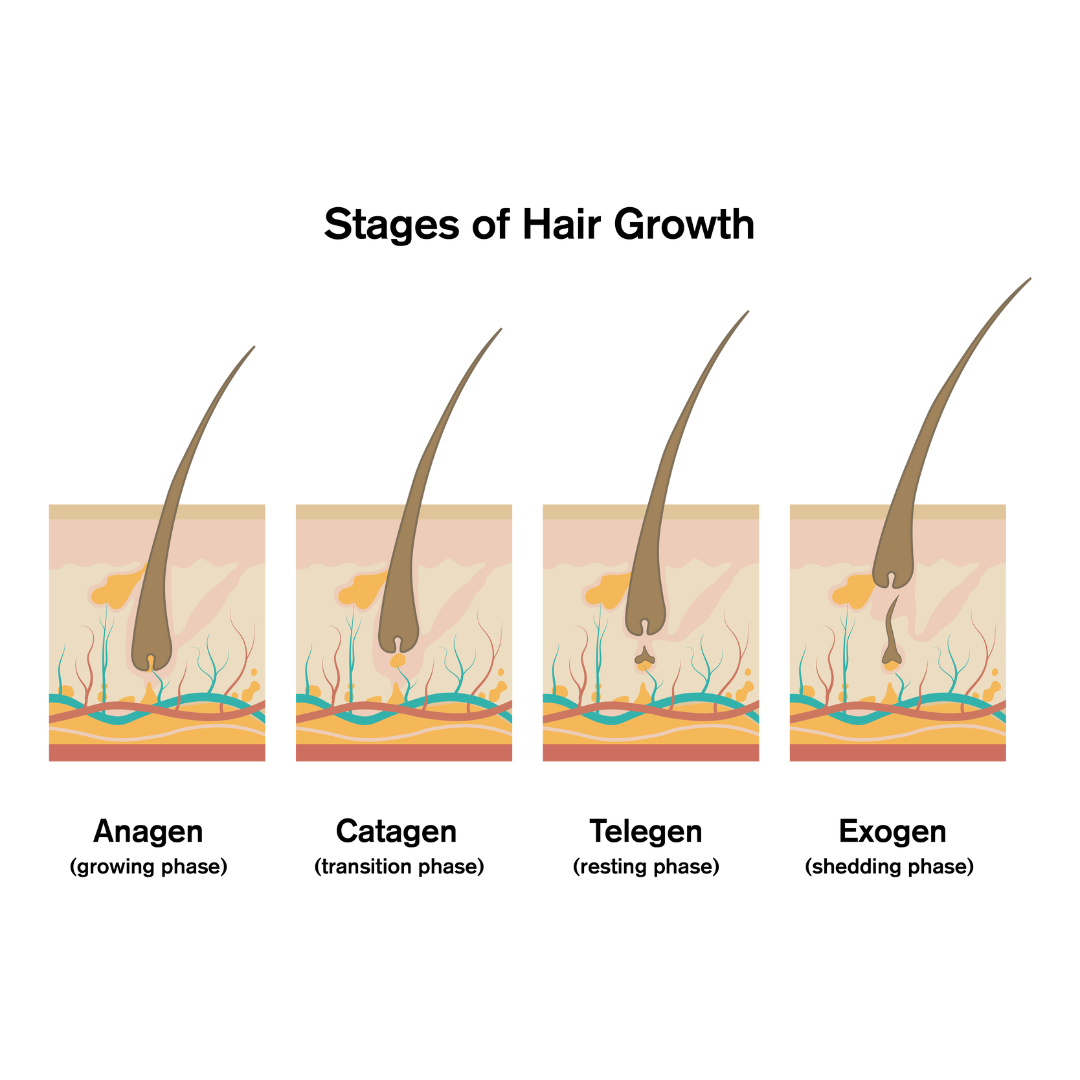Table Of Content

The oil produced by the scalp’s sebaceous glands interferes with their natural hair-shedding cycle, resulting in scaly patches, but this is easily treated. Let’s look at what you can expect your little one’s hair journey to look like from birth to toddlerhood. In summary, timing the right moment to get your little one’s hairstyle du jour isn’t a perfect science. By taking good care now, you’re setting up solid groundwork habits that will follow through adolescence years later! With much patience, time, and love, your infant’s locks will continue thriving just like they do under a proper nutrition plan too.
When do babies grow hair?
So, if you have dandruff, the first step to supporting hair growth is seeking out shampoos that are specifically formulated to treat this condition. Keep in mind that it's best to ask your dermatologist for personalized recommendations based on your symptoms and their severity. They may need to prescribe a stronger medicated shampoo if over-the-counter shampoos don't relieve your dandruff. The texture of a baby’s hair is determined by the shape of the follicle, which is the tiny opening in the skin from which the hair shaft grows. Baby’s hair follicles are round, giving their hair a straight texture.
What's Causes Baby Hairs On Your Hairline - ELLE Australia
What's Causes Baby Hairs On Your Hairline.
Posted: Wed, 03 Apr 2019 07:00:00 GMT [source]
The first phase, the anagen phase
When it comes to a newborn’s hair, though, each baby is different. Some are born with thick locks, while others are as bald as a bowling ball. Most hair loss happens in the first 6 months of life, peaking at about 3 months, say the experts at Oregon Health and Science University. And while every baby is different in how fast hair regrows, rest assured that yours should be tress blessed by their first birthday. Babies typically lose hair in the first months of life due to various reasons, including friction from laying on a crib mattress.
How to Care for Your Baby’s Scalp
Keke Palmer's Facialist Accidentally Dermaplaned Her Baby Hairs Right Off Her Hairline - Allure
Keke Palmer's Facialist Accidentally Dermaplaned Her Baby Hairs Right Off Her Hairline.
Posted: Sun, 21 Jun 2020 07:00:00 GMT [source]
Encourage regular bathing and washing routines as your baby reaches toddler years to prevent build up on the scalp as your child gets older. If it’s a sunny day, pop outside after a bath and apply a bit of oil to their hair once it’s dry in the sunshine. If a child doesn’t have a healthy immune system and is constantly working to fight off colds and illness, their bodies will be focused on that rather than growing hair. Having adequate vitamin C, Vitamin E, and Iron all play a significant role in how a baby’s hair will grow. So be prepared for surprises, as your child's hair color – and texture – can come from any corner of the family tree. Whatever your baby's hair looks like at birth, it's likely to change in the first year of life.
How To Make Baby Hair Grow Thicker
It’s not unusual for babies to lose some hair at this stage of development, and within a few months, it should grow back somewhat thicker and coarser than before. Other babies may be born with a full head of hair thanks to terminal hairs already present, which is also considered normal. Some babies arrive completely bare on top, but many newborns are born with fine, silky hair with poor pigmentation. Here’s how baby hair typically behaves from the newborn stage through to the toddler years. Sadly, even 4-D scans do not predict hair texture, color, or any other changes in your little bundle’s hair – only time will tell.
Hacks for Baby Hair Growth
Please allow 7-10 days of processing time as we are working with reduced staff along with added safety precautions for processing your orders. While you’re at it, try our Skin Freshener, which can be used to both refresh your little one’s skin and style their hair. Latanya Benjamin, MD, FAAD, FAAP, is a dual-board-certified pediatric dermatologist and dermatologic surgeon, as well as a consultant for the skin-care brand Mustela. If you notice that certain hair accessory tugs or pulls out any strands of hair when you remove it, discontinue using it. When I was still pregnant, I remember some of the first dreams I had of each of my babies were of how hairy or not they would potentially be.

Other oils and ingredients that may prove beneficial for baby hair include shea butter, grapeseed oil, sweet almond oil and more. Be careful with olive oil though because, contrary to popular belief, it may have negative effects on sensitive baby skin. Though baby hair loss on top of hair can be alarming to most parents, the truth is that it is normal and to be expected. Oftentimes, whatever hair the baby is born with will remain until the baby turns around 8-12 weeks.
Additionally, foods like sweet potatoes contain beta-carotene that converts into vitamin A in the body – promoting healthy scalp conditions while also encouraging thicker strands of hair. Another one is that eating carrots or the heels or crusts of bread will make your child's hair curly. Eating healthy food will make your hair look good, but it has nothing to do with curls. There is one positive truth about eating the crusts of bread though. It actually contains eight times the anti-oxidants of any other part of the bread. The exact causes of this condition are still not entirely known.
Newborn Baby Hair
Your baby's hair will usually grow in between the ages of 6 and 12 months, though all babies go through this stage of development in their own time. If your little one is still bald by age 2, be sure to discuss this with your pediatrician to rule out a hormonal imbalance, scalp infection, or hair loss condition such as alopecia. Your little one may continue to grow soft, fine hair, or the increase in keratin could see thicker, curly, or wavy hairs develop.
And as it turns out, this is a top favorite of board-certified dermatologists, too. That's because it replenishes the scalp's moisture, nutrients, and skin barrier all at once. Remember that every baby’s hair is different, and it’s important to find what works best for your baby’s hair type. Another reason that is causing your baby’s hair not to grow is physical damage to the baby’s hair.
This is because regular grooming can loosen cradle cap and remove dry skin. The color and quantity of a baby’s hair at birth is largely due to genetics. Typically, hair growth occurs at about the 30th week of pregnancy. If your baby starts to grow hair in the womb, they’ll likely be born with hair on their head. Features like your baby’s eyes, teeth, and hair rapidly change in the first year.
In summary, shaving a baby’s head will not make their hair grow back thicker. While some parents may swear by this practice, there is no scientific evidence to support it. If you have an aloe vera plant on your terrace, use it to grow your baby’s hair.
Once the baby is born, both mother and baby go through a resetting of hair growth cycles, meaning they both can expect to lose some hair. Is your baby experiencing hair loss or still lacking hair a while after birth? No matter how much or how little hair your infant has, you probably have questions about baby hair growth and when you can expect to see some changes in your baby’s locks. In addition, brushing encourages blood circulation to the scalp and hair follicles. After applying oil, gently massage your baby’s scalp with your fingers for a few minutes. Gently combing, brushing, or massaging baby’s scalp can also stimulate hair growth.
But the baby hair that grows in may be nothing like your little one’s newborn locks. Hair growth shampoos can help if poor scalp health is to blame for hair thinning or shedding. Han also notes that hormonal changes are another common cause of hair loss — particularly in those assigned female at birth. This can happen as a result of pregnancy, childbirth, and menopause.

No comments:
Post a Comment